11 Everyday Products From the ’90s That Quietly Disappeared

The 1990s were a simpler time—when your phone was attached to the wall, your favorite songs lived on a mixtape, and your internet connection sang before it worked.
It was the decade of Blockbuster nights, Lisa Frank folders, and disposable everything. But as technology sprinted ahead, many of the little products that once shaped our daily lives faded into the background—some quietly, some with a nostalgic sigh.
1. Disposable Cameras

Remember the excitement of capturing the perfect shot on a disposable camera? These were everywhere during vacations and parties, providing an easy way to save memories. Without the luxury of checking your photos instantly, snapping a picture was an act of faith.
As digital cameras became affordable, the charm of having limited exposure faded. Smartphones then took over, making photography instant and ubiquitous. The anticipation of waiting for film to develop is now a quaint memory.
Though largely obsolete, disposable cameras occasionally make appearances at weddings or art projects. Their simplicity and tactile experience still appeal to some, evoking a sense of nostalgia. But for most, the days of dropping off film for development have long passed.
2. VHS Tapes and VCRs

Rewind to a time when movie nights meant gathering around a VCR. VHS tapes were once the heart of home entertainment, offering the thrill of renting the latest blockbuster. Fast-forwarding and rewinding were part of the ritual.
With DVDs and streaming services taking center stage, VHS tapes couldn’t compete. The ease of digital access spelled the end for bulky tapes and their players. No more worrying about the tape getting stuck or endless rewinding.
While some collectors still hold onto their vast VHS libraries, for most, these tapes are just a nostalgic memory. They remind us of simpler times, before instant streaming transformed our viewing habits forever.
3. Floppy Disks
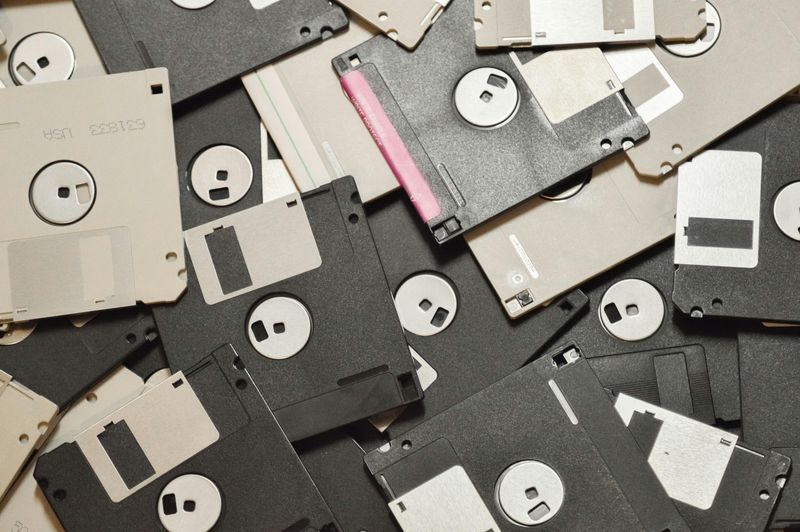
Floppy disks were once the pinnacle of portable storage. Holding a mere 1.44 MB, they were a symbol of early computing, essential for transferring files. To think, that storage capacity could barely hold a single high-resolution photo today.
As technology advanced, CDs, flash drives, and eventually cloud services took over. The humble floppy disk quickly became a relic of the past, unable to meet the demands of modern data.
Though obsolete, these disks are occasionally found in nostalgic tech collections. They remind us of the dawn of the digital age when data storage seemed limitless. Their legacy lives on, albeit as a quaint reminder of computing’s early days.
4. Portable CD Players (Discman)

Picture a teenager jamming out to their favorite tunes on a Discman. Portable CD players were the ultimate music accessory, allowing you to carry your favorite albums everywhere. Each skip and scratch was a part of the experience.
However, the arrival of MP3 players changed the music landscape. Suddenly, entire music libraries could fit in your pocket, making CDs cumbersome. Smartphones only solidified this shift, integrating music into a multi-functional device.
While the Discman may gather dust, it holds a cherished place in the hearts of many music lovers. Its sleek design and portability were revolutionary, paving the way for the digital music era we know today.
5. Pagers (Beepers)
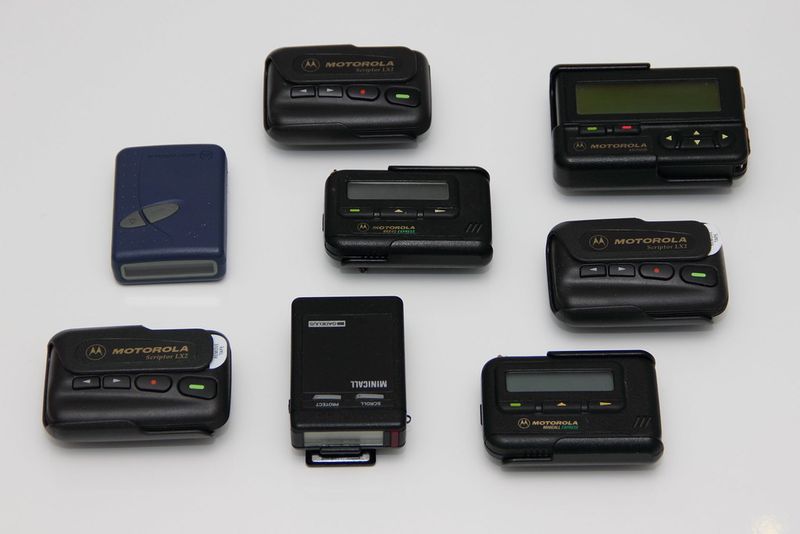
Remember the buzz of a pager alerting you to a message? Before texting took over, pagers were essential for quick communication. Doctors, professionals, and teenagers alike relied on these compact devices to stay connected.
As cell phones became widespread, pagers quickly lost their relevance. The ability to send and receive texts and calls rendered the one-way communication of pagers obsolete. Yet, for a time, they were the epitome of convenience.
Today, pagers evoke nostalgia for a simpler era of communication. Some niche industries still use them, but they are mostly a charming relic of ’90s tech. Their beeping alerts are now a rare sound in our digital world.
6. CRT Televisions
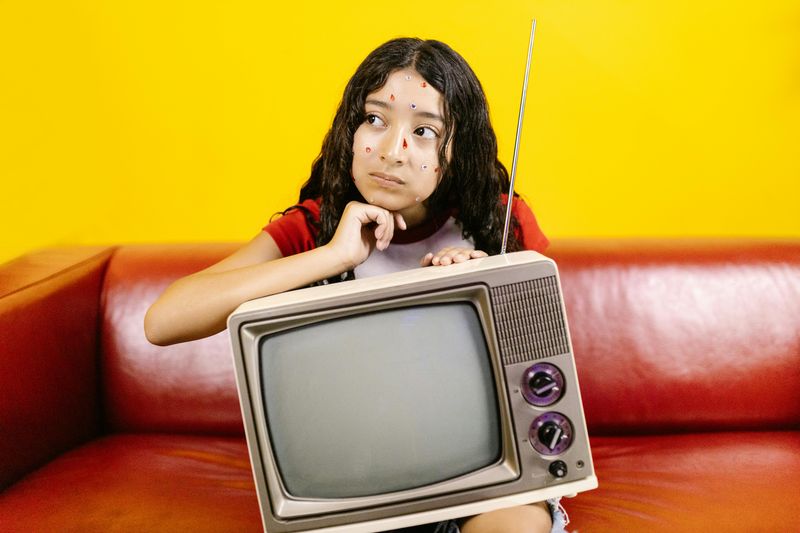
The living room centerpiece in many ’90s homes was the CRT television. These heavy, boxy TVs provided hours of entertainment, from Saturday morning cartoons to essential evening news.
Flat-screen technology changed the game, offering clearer images and taking up less space. As sleek designs became the norm, CRT TVs quickly phased out, leaving behind their bulky counterparts.
Today, seeing a CRT TV sparks nostalgia for a time when technology was more tangible. They may seem primitive now, but they were once the cutting-edge of home entertainment, shaping how we viewed the world.
7. Pay Phones

Once a fixture of city streets, pay phones were the lifeline for travelers, workers, and friends meeting in town. Dropping coins and dialing was a common sight, providing vital connectivity.
With mobile phones becoming ubiquitous, pay phones slowly vanished. The convenience of carrying your phone removed the need for these stationary devices. Now, they’re rare sightings, often repurposed or abandoned.
Pay phones now serve as nostalgic reminders of pre-smartphone communication. Though mostly obsolete, they hold a certain charm, evoking memories of missed calls and hurried conversations on the corner.
8. Film Rolls
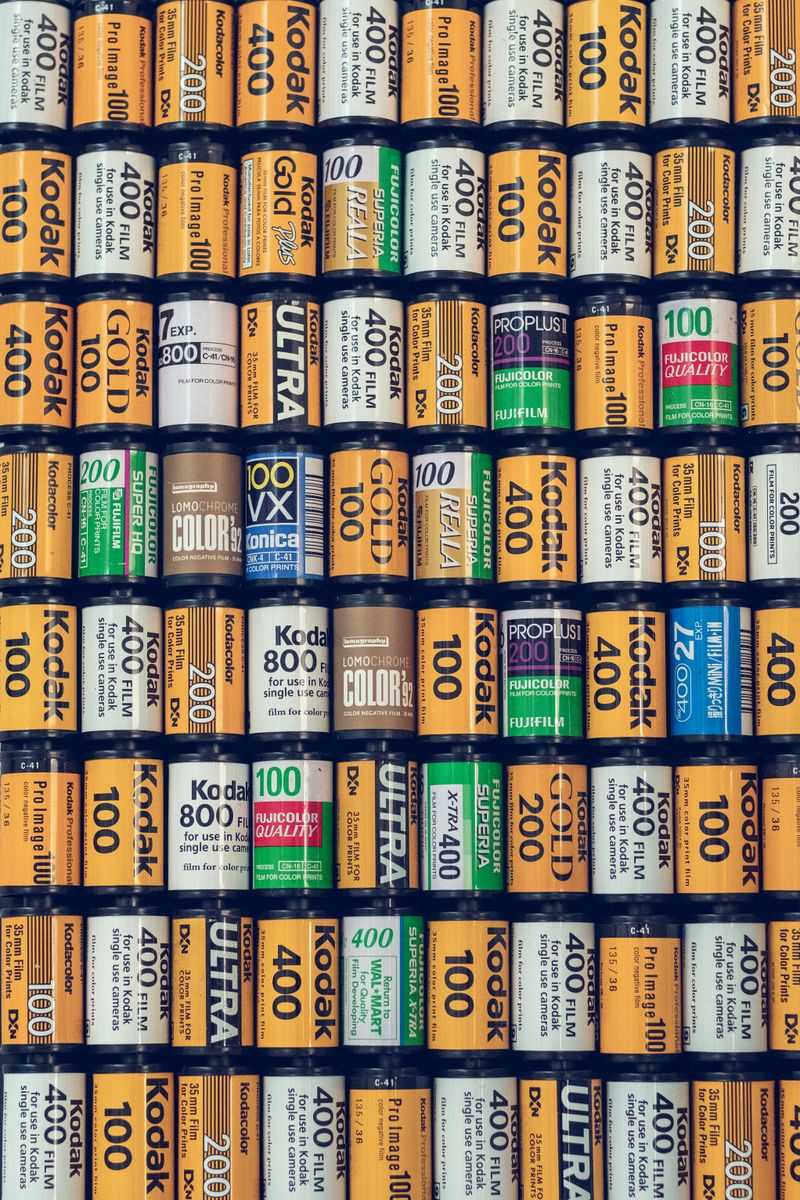
The magic of capturing moments on film rolls was a ritual. Dropping them off at the drugstore and waiting days to see the results added anticipation to photography. Each roll held memories, one click at a time.
Digital photography swiftly took over, offering instant gratification and endless storage. The need for physical film diminished, along with the thrill of waiting for photos to develop.
Film rolls still hold a special place in the world of photography, cherished by enthusiasts and professionals for their unique quality. They remind us of a time when each shot was precious and every picture a surprise.
9. Cassette Tapes and Walkmans
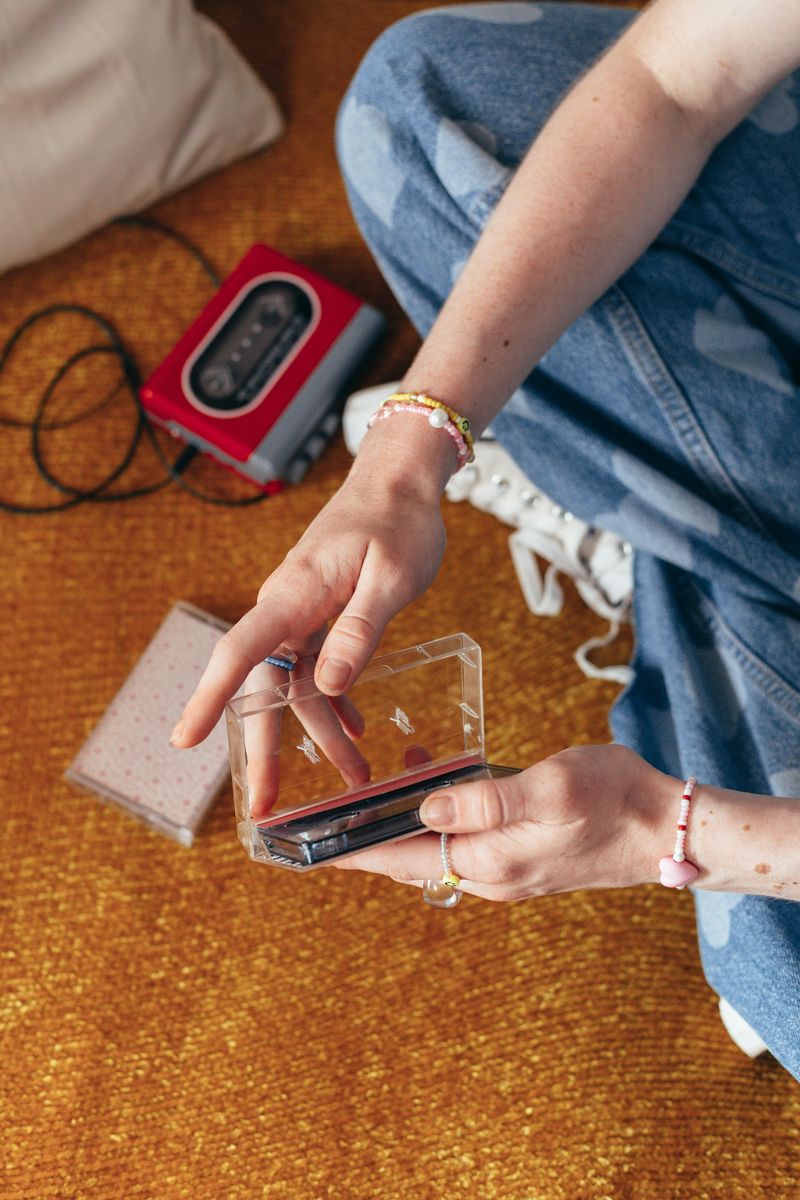
Creating mixtapes on cassette was an art form. People poured their hearts into these magnetic tapes, crafting soundtracks for love, loss, and everything in between. Paired with a Walkman, they brought music to life on the go.
The digital revolution led to the decline of cassettes. MP3s and smartphones made it easier to carry vast music libraries without the hassle of tapes. Yet, cassette tapes lingered, their warm analog sound cherished by audiophiles.
While vinyl has seen a resurgence, cassettes quietly remain a relic of personal expression in a digital age. They remind us of days spent rewinding and of music that felt personal and tangible.
10. Portable Handheld Game Consoles (Like Game Boy Color)

Gaming on the go was revolutionized by handheld consoles like the Game Boy Color. This device captivated a generation, offering pixelated adventures in the palm of your hand. It was a gateway to endless fun during long car rides and school breaks.
However, the rise of smartphones and tablets changed gaming dynamics. The convenience of multi-purpose devices overshadowed dedicated gaming consoles. While handheld gaming isn’t gone, it’s evolved into a more integrated experience.
Game Boy Color holds a special place in gaming history, remembered fondly by those who grew up with its colorful screen. It remains a symbol of childhood joy and a simpler era of gaming.
11. Rolodexes
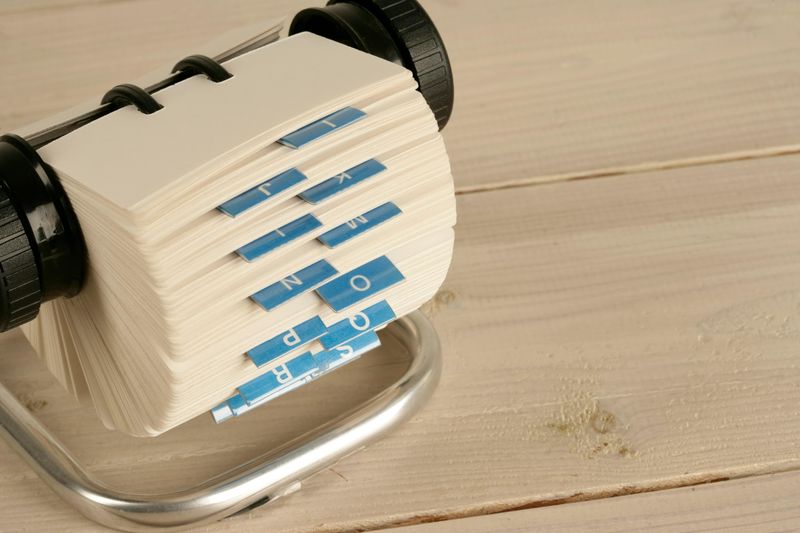
In the days before digital contacts, professionals spun through Rolodexes to find phone numbers and addresses. These card-filled wheels were a staple on office desks, symbolizing organized efficiency.
As digital technology advanced, the Rolodex became obsolete. Smartphones and computers allowed instant access to contact information, rendering paper-based methods redundant. The iconic spinning motion is now a memory of the past.
Though no longer common, Rolodexes evoke nostalgia for the tactile organization of a bygone era. They represent a time when networking meant flipping through cards rather than swiping through screens.

Comments
Loading…